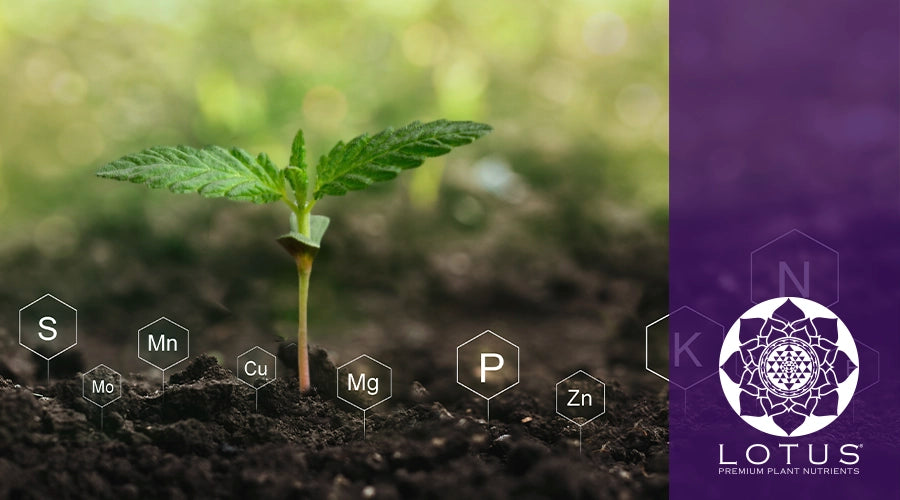
Plant Food vs Fertilizer
Plant Food vs Fertilizer: Understanding the Differences
Plants, like all living organisms, require a variety of nutrients to grow and thrive. In their natural habitats, they obtain these nutrients from the soil, water, and sunlight. However, in agricultural settings, plant growth is often supported by the use of plant food and fertilizers. While these two terms are often used interchangeably, they are not the same thing. In this essay, we will explore the differences between plant food and fertilizer, their respective roles in plant growth, and the potential benefits and drawbacks of their use.
Fertilizer vs Plant Food: Which One is Right for Your Plants?
Plant food, also known as a plant nutrient, is a broad term used to describe any substance that contains the essential elements necessary for plant growth. These elements include nitrogen, phosphorus, potassium, calcium, magnesium, and sulfur, among others. Plant food can be derived from a variety of sources, including organic matter, such as compost and manure, and inorganic compounds, such as minerals and salts.
Fertilizer, on the other hand, is a type of plant food that is specifically designed to enhance plant growth and productivity. Fertilizers can help plants to grow faster, produce larger yields, and improve overall quality. They can also help to correct nutrient imbalances in soil, which can lead to improved plant health and productivity. Fertilizers typically contain a concentrated blend of essential nutrients in specific ratios tailored to meet the specific needs of different plants and soil types. Fertilizers can be either organic or inorganic, and they can be classified into different types based on their nutrient composition, such as nitrogen-based, phosphorus-based, or potassium-based.
The main function of plant food is to provide the essential nutrients that plants need to grow and develop. Plant food can improve soil structure, increase microbial activity, and enhance the availability of nutrients for plants. It can also promote healthy root development and increase resistance to disease and pests. Plant food can be used to supplement the natural nutrient levels in soil or to replace nutrients that previous crops have depleted.

The Pros and Cons of Using Plant Food and Fertilizer in Your Garden
The use of plant food and fertilizer can have both benefits and drawbacks. On the one hand, plant food and fertilizers can be very effective in supporting plant growth and boosting productivity. They can help to improve crop yields and quality, which can be essential for farmers and gardeners who rely on their crops for food or income. Additionally, by providing essential nutrients, they can help to reduce nutrient deficiencies in soil, which can lead to healthier and more resilient plants.
However, the overuse of plant food and fertilizers can also have negative consequences. Excessive use of fertilizers can lead to soil and water pollution, which can harm the environment and potentially lead to health problems for humans and animals. Overuse of fertilizers can also lead to nutrient imbalances in soil, which can reduce soil fertility and lead to long-term damage to the land. Additionally, some fertilizers can be expensive, which can be a barrier to their use for farmers and gardeners with limited resources.
From Compost to Chemicals: Exploring Different Types of Plant Food and Fertilizer
Plant food and fertilizers can be applied to plants in a variety of ways, including in a liquid, granular, or powder form. They can be applied directly to the soil, to plant leaves, or to the root zone of plants. The method of application will depend on the type of plant, the type of fertilizer or plant food, and the goals of the grower.
Organic plant food and fertilizers are becoming increasingly popular, as they are derived from natural sources, such as compost, manure, or bone meal. Organic plant food and fertilizers can provide a range of nutrients to plants, and they can also help to improve soil health by increasing the number of beneficial microorganisms in the soil. Additionally, organic plant food and fertilizers are often more sustainable and environmentally friendly than synthetic options, as they do not contain harmful chemicals or contribute to pollution.
Inorganic fertilizers, on the other hand, are often cheaper and more readily available than organic options. Inorganic fertilizers can provide plants with concentrated doses of essential nutrients, and they can be specifically formulated to meet the needs of different plants and soil types. However, they can also contribute to pollution, as they may contain harmful chemicals, and they may be less sustainable in the long run.
Differences Between Plant Food and Fertilizer
One of the key differences between plant food and fertilizer is the nutrients they contain. Plant food is typically a balanced mixture of essential nutrients, including nitrogen, phosphorus, and potassium, as well as micronutrients, such as calcium, magnesium, and iron. These nutrients are necessary for healthy plant growth and development, and they can help to support functions such as photosynthesis, root growth, and flower and fruit production.
Fertilizers, on the other hand, may contain a more concentrated and specific set of nutrients, depending on the needs of the plant and the soil in which it is growing. For example, a fertilizer may be formulated to provide a high dose of nitrogen to promote leafy growth, or it may contain higher levels of phosphorus to support root development and flowering. Some fertilizers also contain micronutrients, such as zinc or copper, which are essential for plant health but may be present in low levels in the soil.
Another key difference between plant food and fertilizer is the way they are absorbed by plants. Plant food is typically applied to the soil, where it is absorbed by the roots and transported throughout the plant via the vascular system. Fertilizers can be applied to the soil or directly to the leaves of the plant, where they are absorbed more quickly and efficiently. However, direct foliar application of fertilizer can be more difficult to manage and may require specialized equipment.
It is also important to note that the use of plant food and fertilizers is not a substitute for good soil health and management. In addition to providing essential nutrients, healthy soil should have good structure, a balanced pH, and a healthy population of microorganisms. These factors are important for promoting healthy plant growth, preventing soil erosion, and reducing the risk of plant diseases and pests.
In recent years, there has been a growing interest in alternative methods of plant growth that do not rely on fertilizers or plant food. These methods include hydroponics, aquaponics, and aeroponics, among others. These systems use water, air, and other non-soil media to grow plants, and they often rely on natural sources of nutrients, such as fish waste or compost tea. While these methods can be effective in promoting plant growth and reducing environmental impact, they may require more specialized knowledge and equipment than traditional methods of plant growth.
Maximizing Agricultural Productivity with the Right Plant Food and Fertilizer Strategy
It is also important to note that the application of plant food and fertilizers should be timed appropriately to ensure maximum benefit to the plants. For example, it is common to apply fertilizers during the active growth period of the plants, typically in the spring or early summer. This is because the plants are actively growing and require more nutrients during this time. Applying fertilizer too early or too late in the growing season may not provide the same benefits.
It is also important to apply plant food and fertilizers at the correct rate and in the right way. Overuse of fertilizers can result in the accumulation of excess nutrients in the soil, which can harm the environment and may even damage the plants. Underuse of fertilizers, on the other hand, can result in nutrient deficiencies and reduced plant growth.
Another important consideration when using plant food and fertilizers is their source. Organic plant food and fertilizers are derived from natural sources and are often considered more sustainable and environmentally friendly. Inorganic fertilizers, on the other hand, are typically synthesized in a laboratory and may contain harmful chemicals that can have negative impacts on the environment. Some organic plant food and fertilizer options include compost, manure, and bone meal, while inorganic options may include ammonium nitrate or superphosphate.
It is important to note that the use of plant food and fertilizers should be part of a comprehensive plant care strategy that includes good soil management, pest and disease control, and proper irrigation. These factors can all contribute to healthy plant growth and development, and they should be considered in combination with the use of plant food and fertilizers.
Sustainable Gardening: Using Plant Food and Fertilizer Responsibly
In summary, plant food and fertilizer are important tools for promoting healthy plant growth and improving crop yields. While they can have both benefits and drawbacks, their use should be managed carefully to avoid negative consequences. Growers should consider factors such as the type of plant, the type of soil, and the goals of the growing operation when selecting a fertilizer or plant food. Additionally, growers should be mindful of the potential environmental impacts of their fertilizer use, and they should explore alternative methods of plant growth where possible. With responsible use and management, plant food and fertilizer can be valuable resources for supporting healthy plant growth and improving agricultural productivity.
